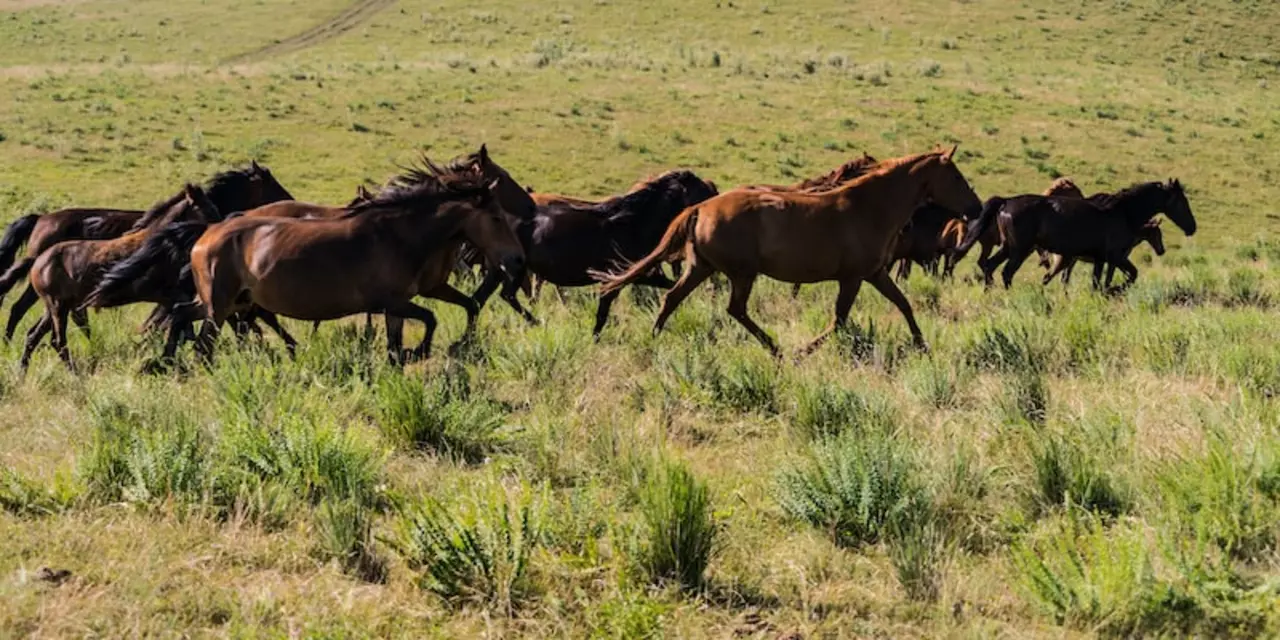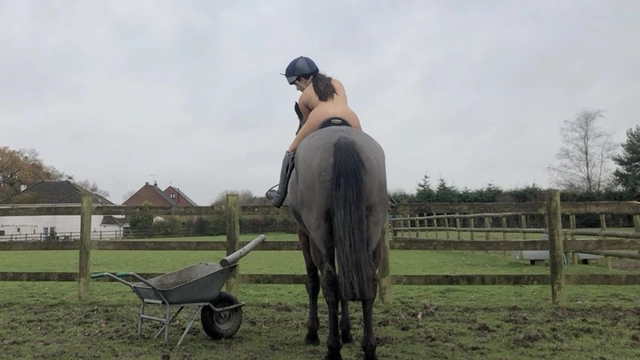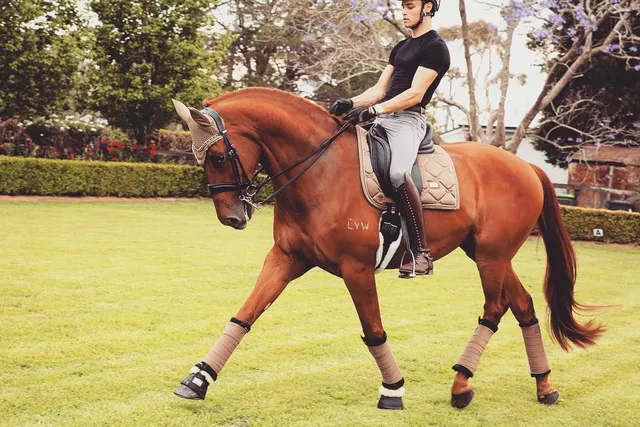Horse Ranch Essentials: How to Start, Care for, and Enjoy
Thinking about a horse ranch can feel huge, but breaking it down makes it doable. First, ask yourself why you want a ranch – is it for riding, breeding, or just a peaceful place to spend time with horses? Knowing the goal helps you pick the right size, location, and budget.
Land matters. Look for flat areas with good drainage and a few shady spots. Horses need pasture, but they also need a safe place to shelter when the weather turns. A simple three‑bay stable with good ventilation works for most beginners. Make sure the fencing is strong enough to keep the herd in and predators out.
Choosing the Right Ranch Setup
Start with the basics: a paddock, a water source, and a sturdy fence. If you’re on a tight budget, consider a split‑level paddock – part pasture, part arena – so you can ride and train without building a full arena right away.
When planning stalls, think about the horses’ size and temperament. A 12‑by‑12‑foot stall is comfortable for most adult horses. Add a good mat or rubber flooring to protect their hooves and keep dust down. A well‑placed feed trough and a clean water bucket go a long way toward daily happiness.
Don’t forget the storage shed. Hay, bedding, tools, and feed bins need a dry spot. Keeping these supplies safe from the elements prevents mold and saves money in the long run.
Everyday Care and Riding Tips
Routine is key. Feed your horses at the same times each day – usually twice a day – and give them fresh water constantly. A balanced diet of hay, a small grain mix, and mineral blocks keeps them healthy.
Check the turnout area each morning. Look for broken fencing, sharp objects, or wet spots that could cause slipping. A quick walk around the paddock also gives you a chance to spot any injuries or lameness early.
When it comes to riding, start each session with a short warm‑up walk. Let the horse get used to the saddle and bit before you ask for canter or jumps. If you’re new, a few lessons with a qualified instructor can save you from bad habits that are hard to break later.
Back pain is a common complaint for riders. Good posture, a properly fitted saddle, and core exercises help a lot. Simple stretches before and after riding keep muscles loose and reduce soreness.
Keep a simple health log for each horse. Note deworming dates, vaccinations, shoeing, and any vet visits. This habit makes it easier to stay on top of care and avoids costly emergencies.
Finally, enjoy the ranch lifestyle. Spend time grooming, talk to the horses, and watch the sunrise from the stable door. Those quiet moments are what make a horse ranch more than just a job – it becomes a way of life.



